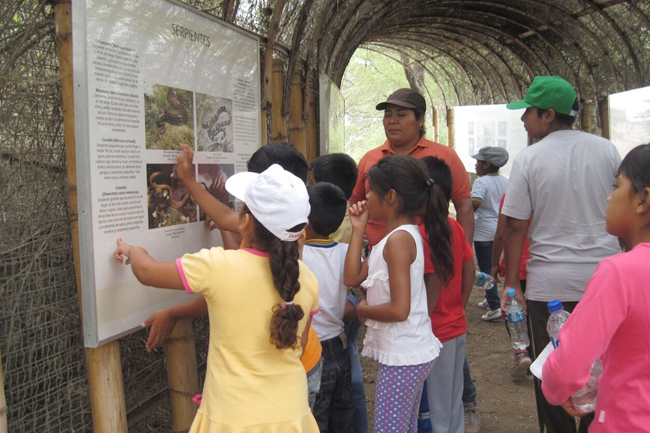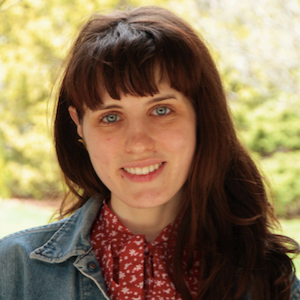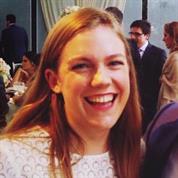Since the beginning of the millennium, Peru’s tourism industry has steadily gone from niche to one of the destinations most coveted by trendy jetsetters and backpackers worldwide.
This past year, Peru added numerous accolades to its already lengthy list of travel awards, with the infamous ‘lost city’ of Machu Picchu garnering first place in the category of landmarks for this year’s TripAdvisor Traveler’s Choice awards. Meanwhile, among 37 nominations in other categories Peru won Best Culinary Destination for the fifth consecutive year at the prestigious World Travel Awards.
But the rise of Peru as a brand has come at a cost. With the rapid transfiguration of cities like Lima and Cuzco into tourist-friendly cosmopoleis, the marketing of Peru’s museums and historical sites has largely excluded the participation of locals. Some projects have taken a different approach: the PIARA team, for example, worked with a small community in Ancash to tell the story of the local archaeology, increasing tourism, diminishing looting at nearby sites, and fostering a sense of community identity.

(photo by Gustavo Flórez)
However, having identified international tourists as the majority of their target audience, many Peruvian museums and heritage institutions neglect to consider how they might appeal to locals and bring Peruvians’ own visions of heritage into the spotlight.
Many museums across the world have struggled with this problem over the last few decades. Attempts to modernize the museum and make it more accessible have often turned to technology; however, having the latest gadgetry can even add to an overall feeling of alienation in the visitor. Instead, organizations such as the RSA have championed a more intimate connection between people and heritage. So how can we create a space for people to share and to connect with their history in a way that reignites a passion for the past?
Wak’ais a new take on this challenge – a new way of making a museum. Instead of inviting people into a museum building, we build museum experiences where people are. We, together with my collaborators RSA fellow Alice Merry and Gustavo Flórez, will use Design Thinking principles to discover what an ideal museum experience looks, feels, tastes, and sounds like to those not currently engaged with Peru’s museums. This matters, because when objects are concealed behind glass and when people listen to experts tell them about their research, a personal connection is lost. By taking ‘pop-up’ museum iterations to the streets, we will ‘co-create’ a personal connection with heritage.
We chose the name Wak’ain homage to the definition offered by colonial chronicler Garcilaso de la Vega of the indigenous word wak’a as ‘a sacred object, place, person, anything that invites surprise’. We intend to create a space for that surprise, for curiosity, and for a personal connection with the past. In 2017 we will begin in Lima. Follow our progress and find out how you can support us on our website.


Be the first to write a comment
Comments
Please login to post a comment or reply
Don't have an account? Click here to register.